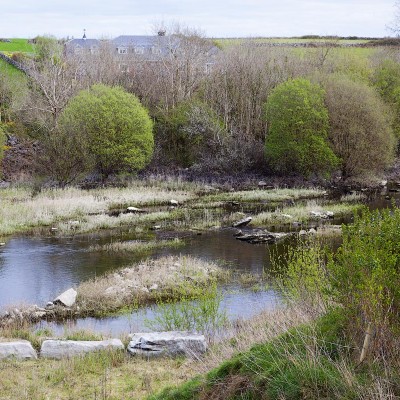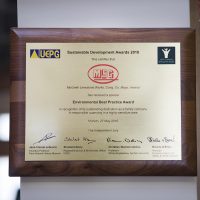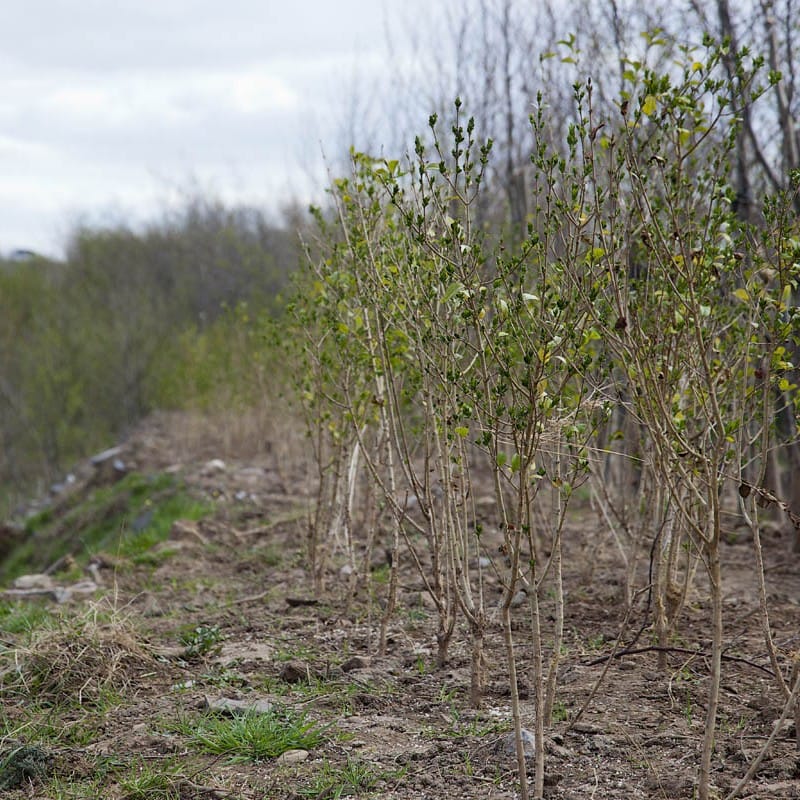McGrath’s Limestone is certified to iso 14001. As a company we to operate with due consideration and respect for the environment at all times.
We comply with our legal obligations with regards to the environment, some of which are listed below:
- European Communities Environmental Objectives (Groundwater) Regulations 2010 and (Amendment) Regulations 2011, 2012
- Waste Management (Landfill Levy) Regulations 2011 and (Amendment) Regulations 2012
- Sulphur Content of Heavy Fuel Oil, Gas Oil, and Marine Fuels Regulations 2008, (Amendment) Regulations 2011 and European Communities Act, 1972 (Environmental Specifications for Petrol, Diesel Fuels and Gas Oils for use by non-road mobile machinery, including inland waterway vessels, agricultural and forestry tractors, and recreational craft) Regulations 2011 and (Amendment) Regulations 2012
- Planning Conditions
- Air Emissions Licence
- Trade Effluent Discharge Licence
We carry out regular internal environmental audits and strive to continually improve our work methods in order to reduce the impact our business has on the environment.
We carry out environmental monitoring as per our planning conditions, the results of which are kept on record and sent to the relevant county council for review. We use only accredited labs to carry out testing.
MONITORING INCLUDES:

As a company we are commitment to recycling, reducing our carbon footprint, improving our energy efficiency and promoting a healthy environment.
Environmental Industry Award Winners





Commitment To Nature
As part of our commitment to best practice and mindful of the rich natural heritage surrounding the quarry in Cong, Co Mayo McGrath Limestone in conjunction with Earth Science Partnership Consulting Engineers have set aside areas within the quarry boundary for nature conservation. A base-line assessment of the ecological resources of these areas has been carried out, in order to manage them in a manner that will optimise their value for nature.
Several mammals and birds protected under the EU Habitats Directive 92/43/EEC and Birds Directive 79/409/EEC (amended 2009/147/EC), are active in the locality of the quarry including: the lesser horseshoe bat, red squirrel, pine marten, the Irish hare and otter. The secluded conservation areas safeguard their continued presence by providing corridors for shelter, passage and forage. Composed of semi-natural woodland, scrub and grasslands, the main conservation area is nestled between the quarry and the ‘Dry Canal’.
Seasonal flooding of this area enhances biological diversity, by increasing the presence of aquatic invertebrate life. The quarry and surrounding corridor also supports a diverse number of wild birds including several species of finches, tits and warblers, further making the quarry an attractive site for peregrine falcon, which regularly nest on the steep quarry faces.

Biodiversity Training Plan
A Training Plan to safeguard the existing Biological Diversity within the quarry has been adopted. This helps native and protected plants and animals present in the quarry to come to the attention of staff. By increasing awareness, potential impacts from quarrying operations can be detected at an early stage and mitigation measures put in place. These include procedures such as seasonally excluded extraction areas, provision of buffer zones and alternative habitat formation.
Detailed landscaping and restoration plans has been put in place to encourage the use of native plant species and are designed to link in with the existing natural habitats. The training plan also brings potentially invasive plant and animal species to the attention of staff. These have the potential to out-compete native flora and fauna and threaten their continued existence in the quarry.
Knowledge of their location and extent in the quarry enables early control measures to be put in place and avoids them getting a foothold in the locality.
The provision of an ecological assessment in conjunction with a landscaping and restoration plan and a biodiversity training plan for the quarry ensures that a holistic approach to the environment is taken by McGraths Limestone.
